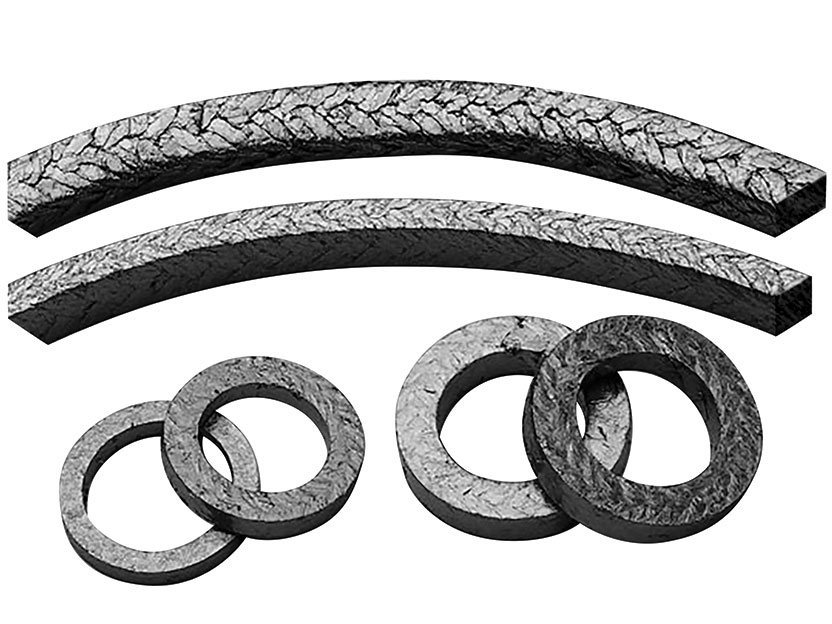John Crane Launches New Fugitive Emissions Packing Designed to Help Customers Reduce Emissions and Reach Decarbonization Goals
May 13, 2022
5 Minute Read

John Crane Launches New Fugitive Emissions Packing Designed to Help Customers Reduce Emissions and Reach Decarbonization Goals
Volatile organic compounds (VOCs) are common components in many commercial and household products and are particularly prominent in the oil and gas and chemical industries. Emitted as gases, they include a variety of chemicals, which may adversely impact health in both the short and long term. They are also harmful to the environment seeping into the groundwater and eventually into drinking water supplies.
The crude oil and chemical processing industries are considered significant sources of VOCs released into the environment. For oil companies, VOCs can escape during various stages of the extraction and refining process. The production of basic household chemicals such as paint, cleaning supplies and thousands of others make the chemical processing industry a significant source of these emissions globally. Due to the adverse impact on air and water quality, governments worldwide are increasing regulations to keep them under control.
A U.S. Environmental Protection Agency (EPA) study shows that a typical refinery or chemical plant can emit 600700 tons per year of VOCs from leaking equipment, including valves, connectors, pumps, sampling connections, compressors, pressure-relief devices and open-ended lines. Previous EPA studies estimate that valves and connectors account for more than 90% of emissions from leaking equipment, with valves being the most significant source. The major cause of emissions from valves and connectors is seal or gasket failure due to normal wear or improper maintenance.
As part of our commitment to helping our customers to reduce emissions and reach decarbonization goals, John Crane is introducing Packing Style G58IEP. Certified to API 622, 3rd Edition, and in compliance with EPA emission targets, this product is engineered for API 624-certified and other valves. This low-leakage packing is ideal for VOCs, hydrocarbon and steam applications. It also operates in high temperatures while preventing stem corrosion.
The G58IEP is comprised of carbon and graphite, which give the product a low coefficient of friction, and outstanding thermal conductivity to go with a natural lubricity. During the manufacturing process, the graphite flakes are heated, then combined with sulfuric or nitric acid, giving the product its flexibility. The flexible graphite enhances thermal conductivity surpassing normal graphite in sealing and chemical resistance. Due to its low oxidation rate and high carbon content, the G58IEP has a longer lifespan and reduces leakage, keeping harmful VOCs from flowing into the atmosphere and impacting the environment.
Properly installing each packing ring in undamaged stem and stuffing boxes maximizes the product’s effectiveness. In operation, the actuating valve stem, along with fluctuating temperatures, will test the resiliency of the packing. However, once formed into place, the high purity flexible graphite’s low creep relaxation characteristics maintain its stability.
Given a typical oil refinery has around 7,400 valves releasing 62% of emissions, G58IEP packing is an efficient and effective contributor to meeting environmental guidelines. This low-cost, easy-to-install product works on all valves throughout a facility contributing to emission reduction objectives and the associated costs.